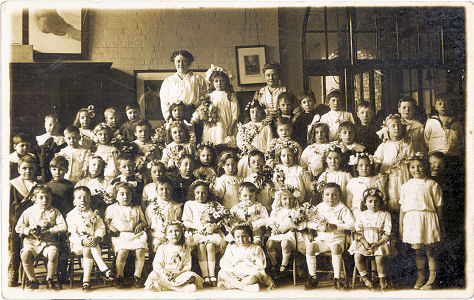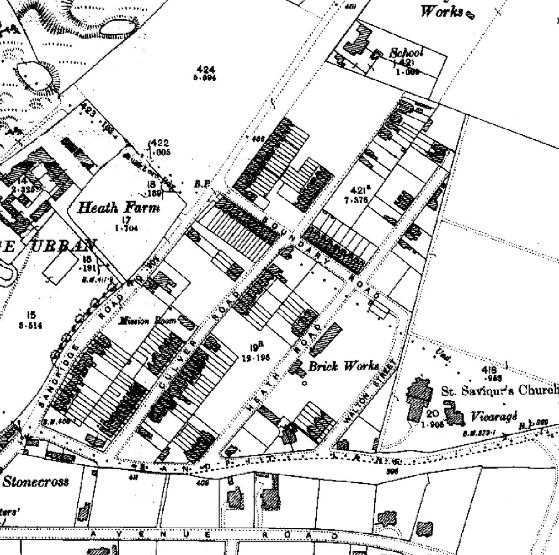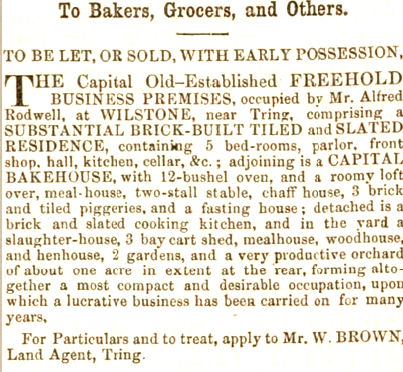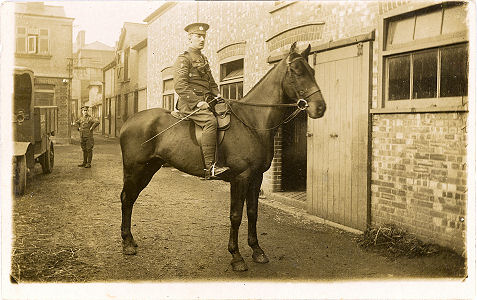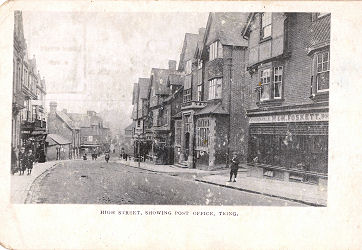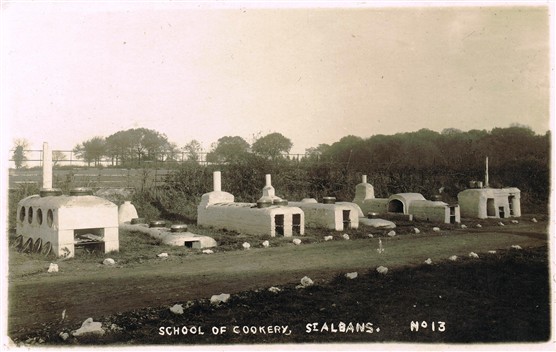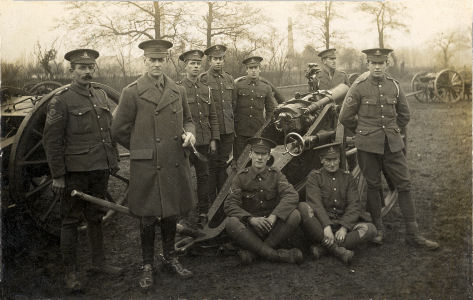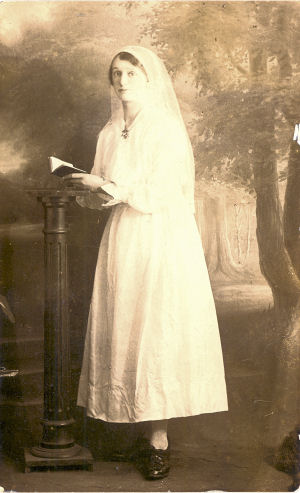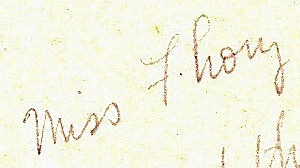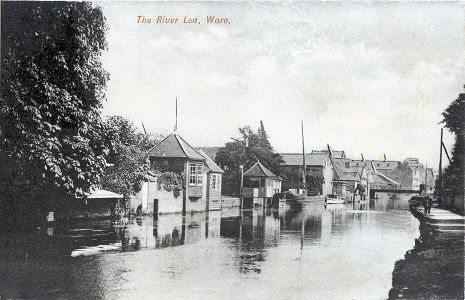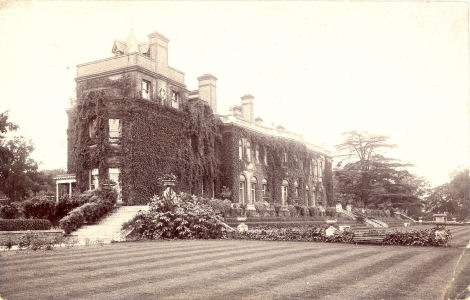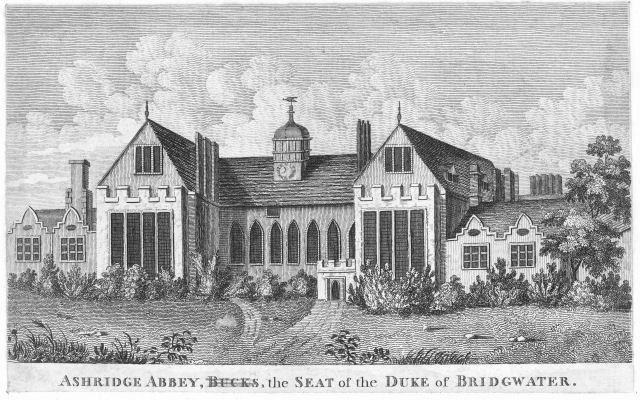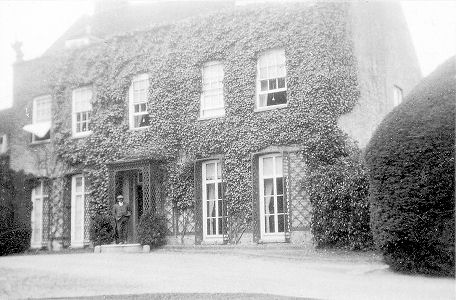We have just taken a short holiday in Dorset, when we stayed in an excellent little bed and breakfast at Bridport. The aim was to link up with the family and to go fossil hunting with our 9 year old granddaughter. The weather was not ideal. Our first rendezvous was at Maiden Castle when it started to pour with rain. We got soaked to the skin, and had to beat a retreat After drying off we went to Lyme Regis when it was sunny - and they hadn't had any rain! A very pleasant meal was had By the Bay, I started with the best whitebait I have ever had - while my wife enjoyed mussels from the River Teign.
 |
| View all my Charmouth pictures |
When we arrived at Charmouth on Sunday morning I had an initial walk along the beach looking at the cliffs and spotted a few fossils - such as this tiny ammonite in a limestone pebble, returning to the car just before a very heavy shower. After the agreed rendezvous we all went into the Charmouth Heritage Coast Centre, where do it yourself activities such as polishing sections of ammonites were well underway. In the afternoon there was a well organised fossil hunt for the children - in an area of mixed gravel and boulders below a comparatively recent mud flow where new fossils are washed out of the mud by the waves during high tides. Everything went well and all the children (probably about 50 or 60 of them) seemed to find something and I sat on some boulders and sifted through the gravel to make some small but interesting finds.
Back for a family evening meal at The Bull, in Bridport, and then to bed. I slept though the storm, and fortunately breakfast could be prepared on a gas stove - as the power lines had been blown down in the morning. Then home. On getting back to Tring we found one ten foot long branch from a tree in the adjacent open area had blown into our garden, but otherwise there was no damage. However I also found a pile of post and some 70 emails (mainly not connected with this site) and they will keep me busy for the next few days.




